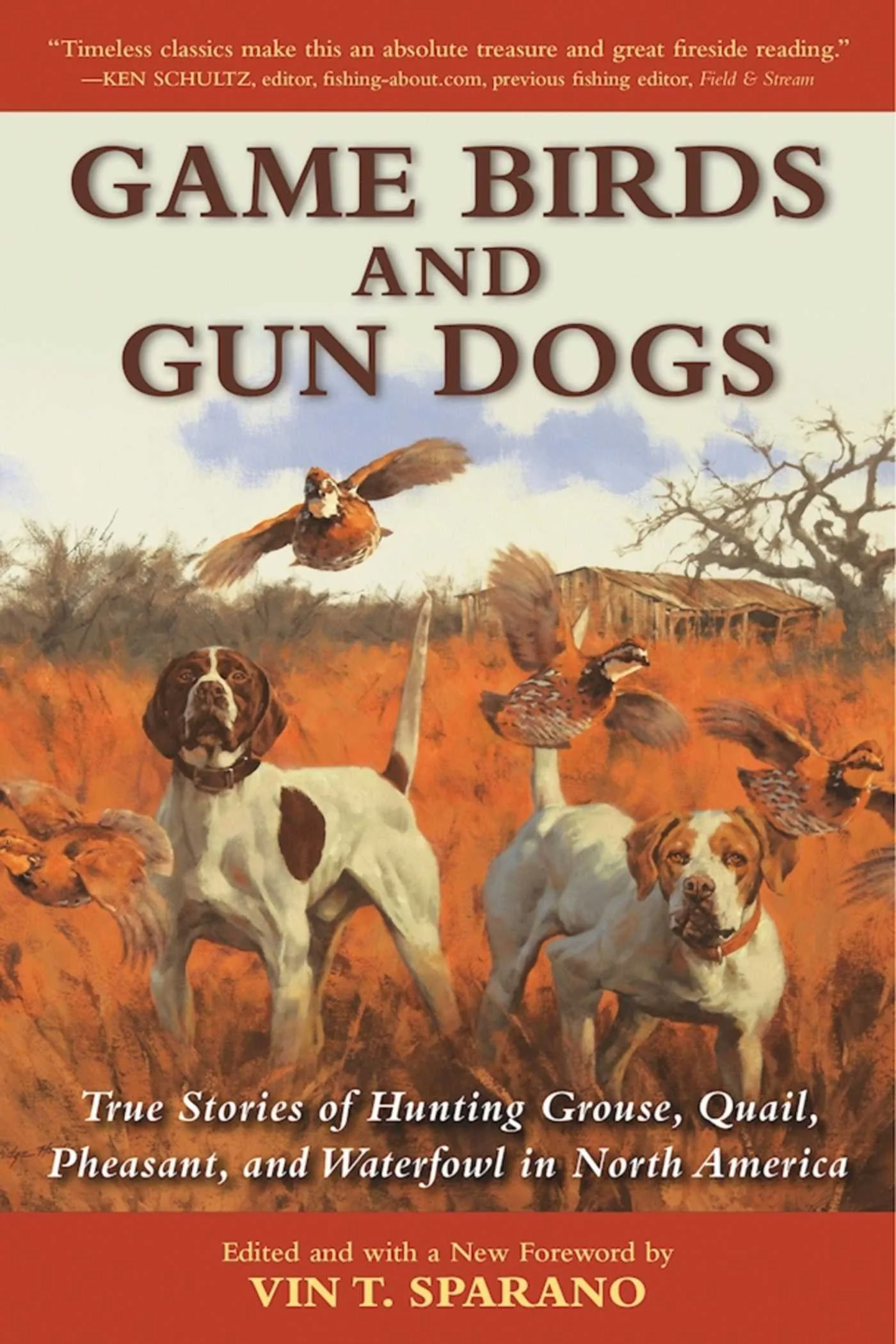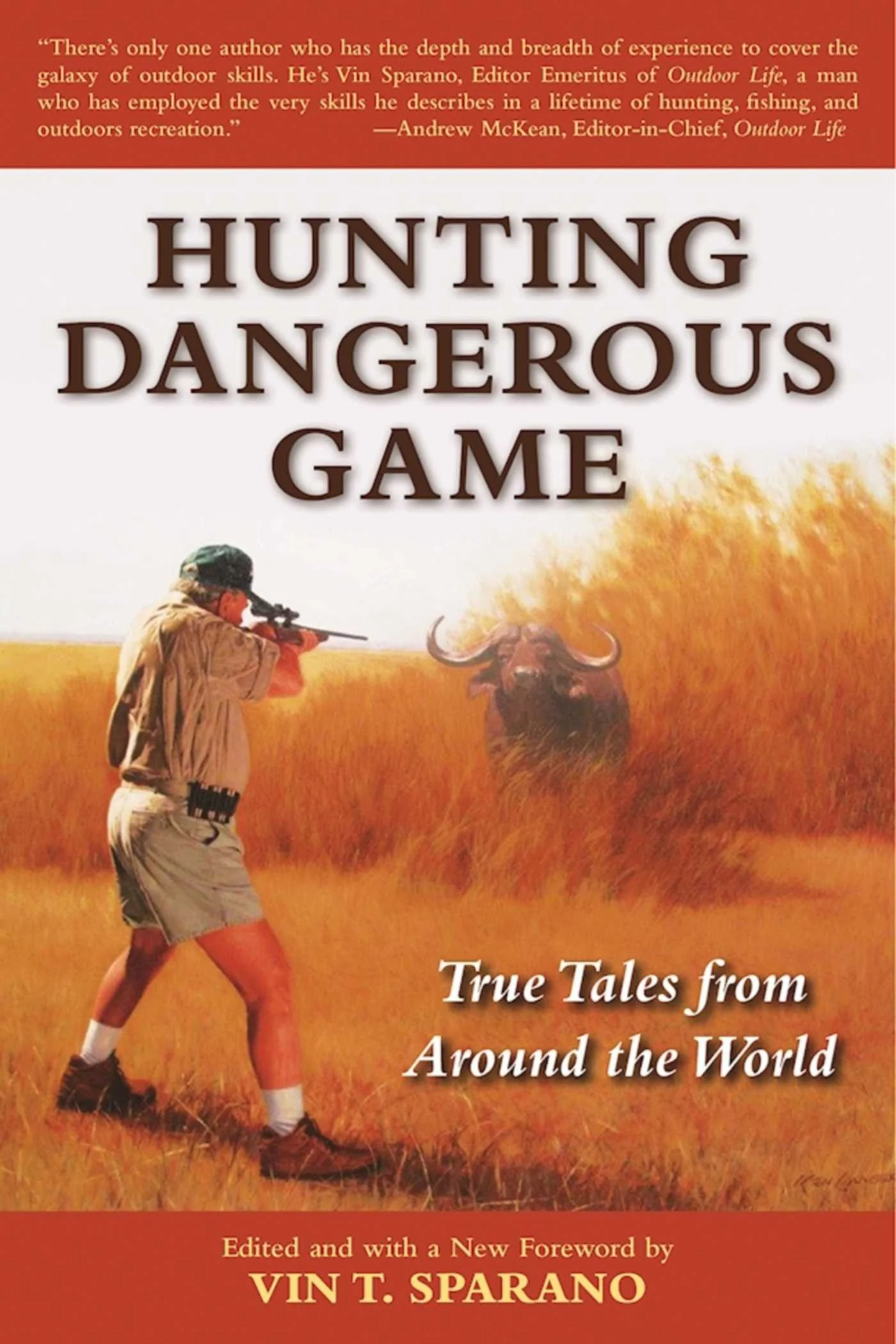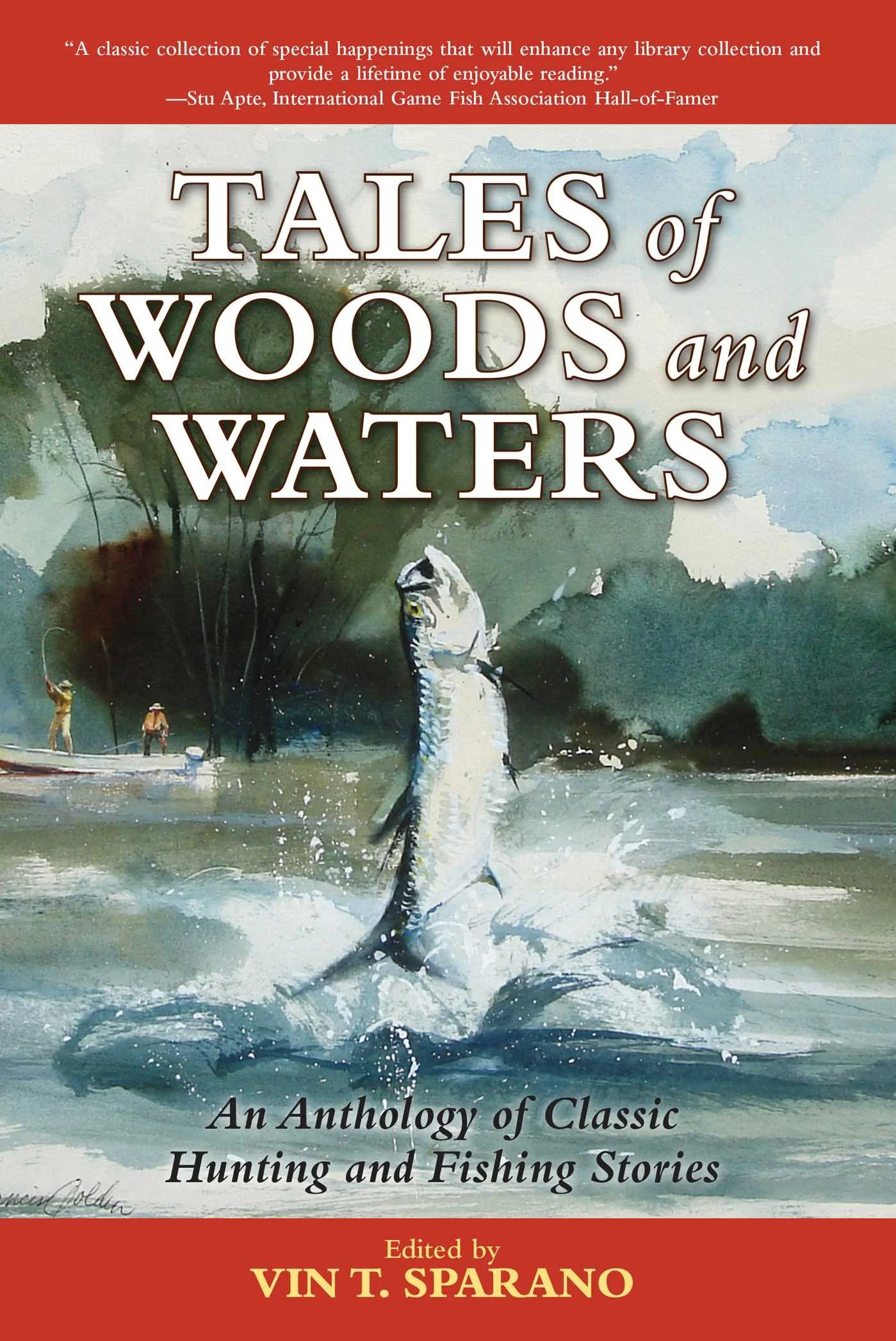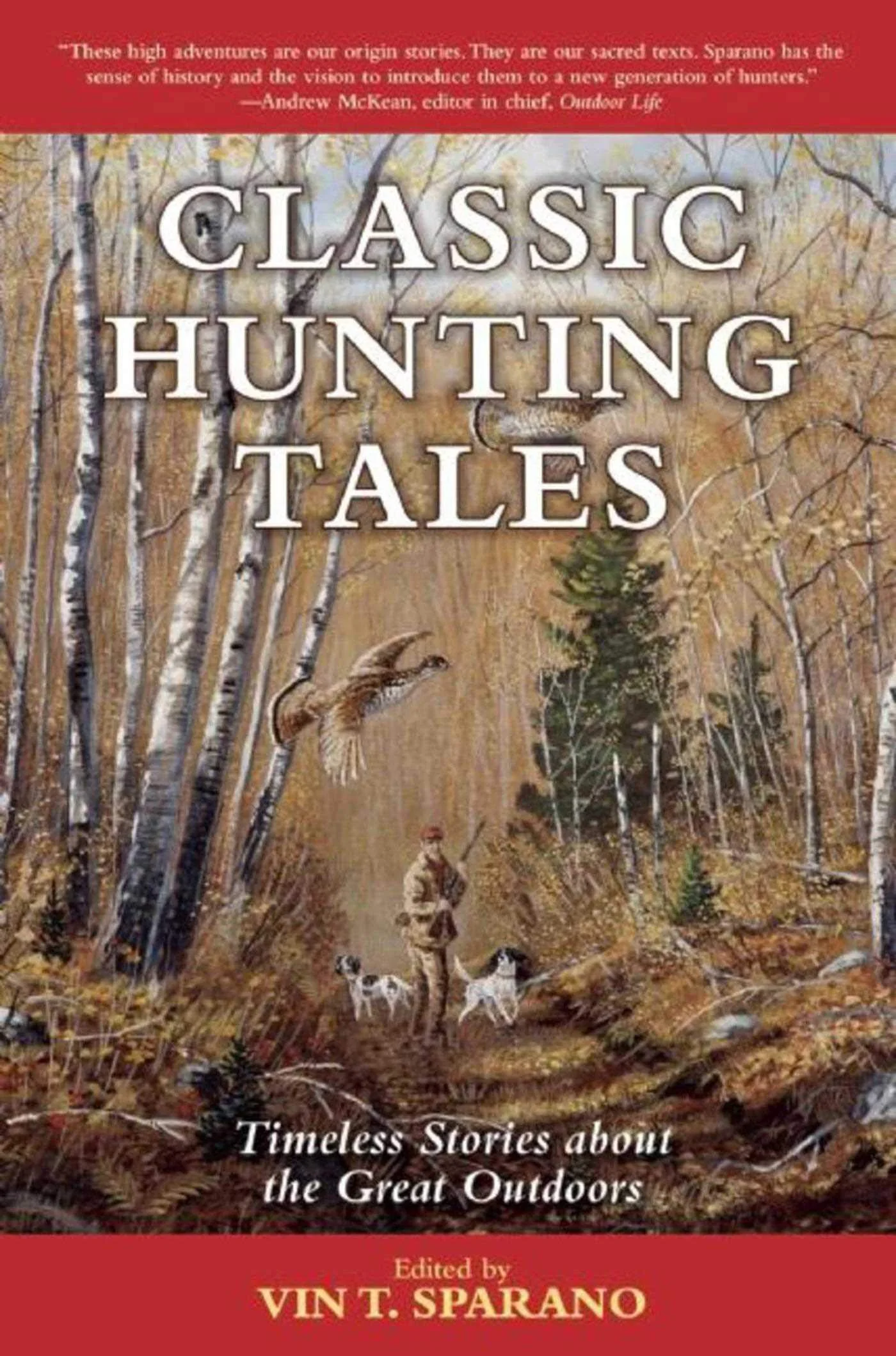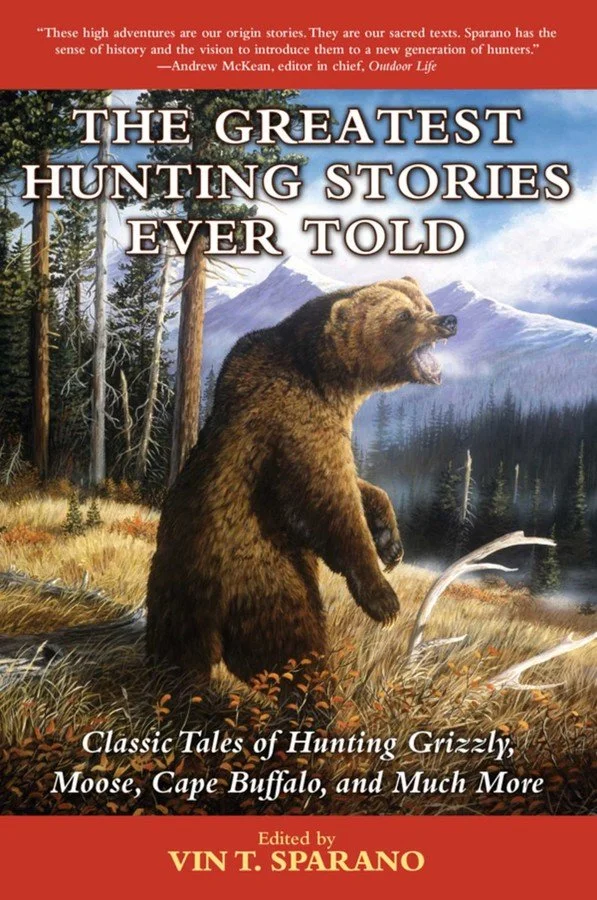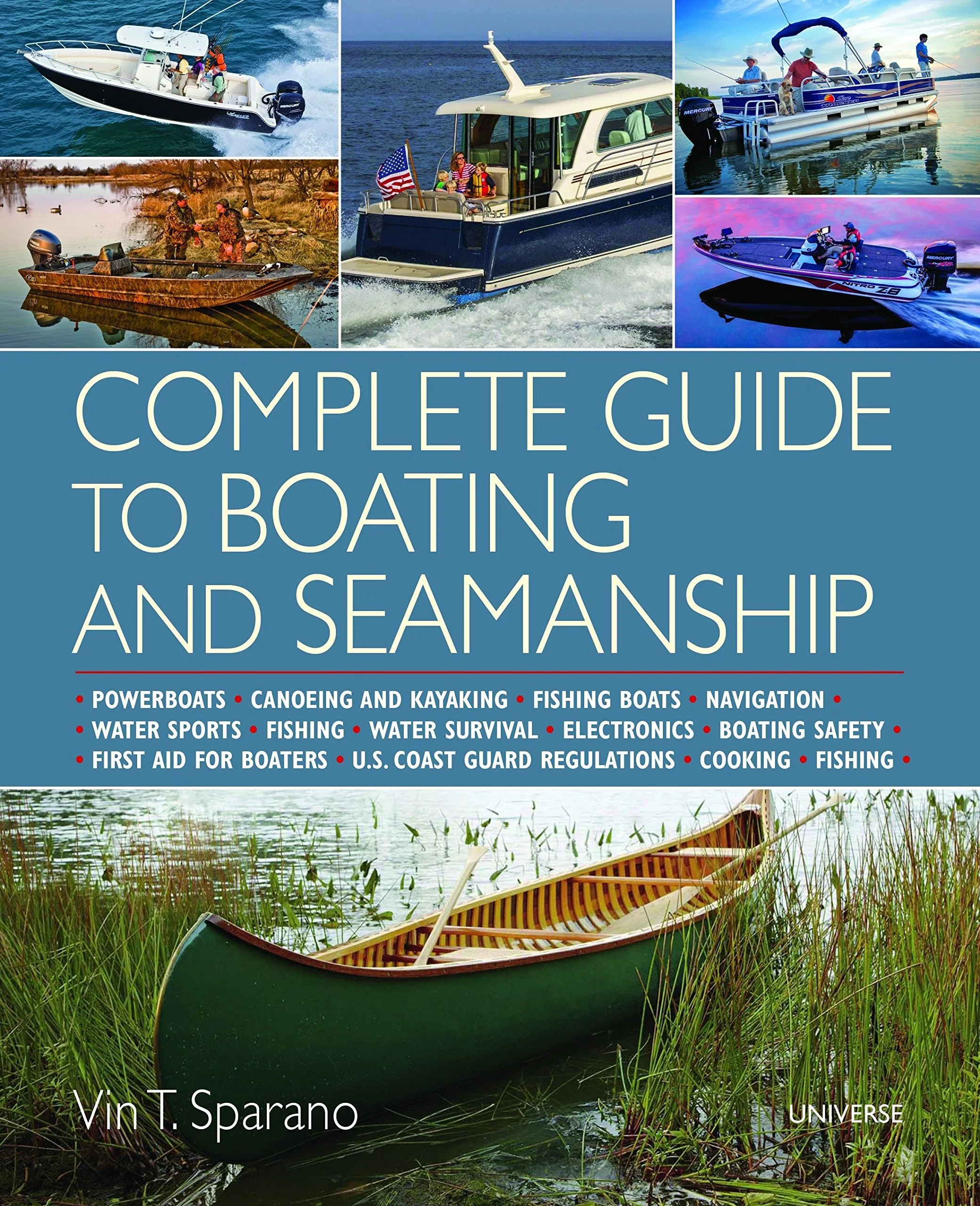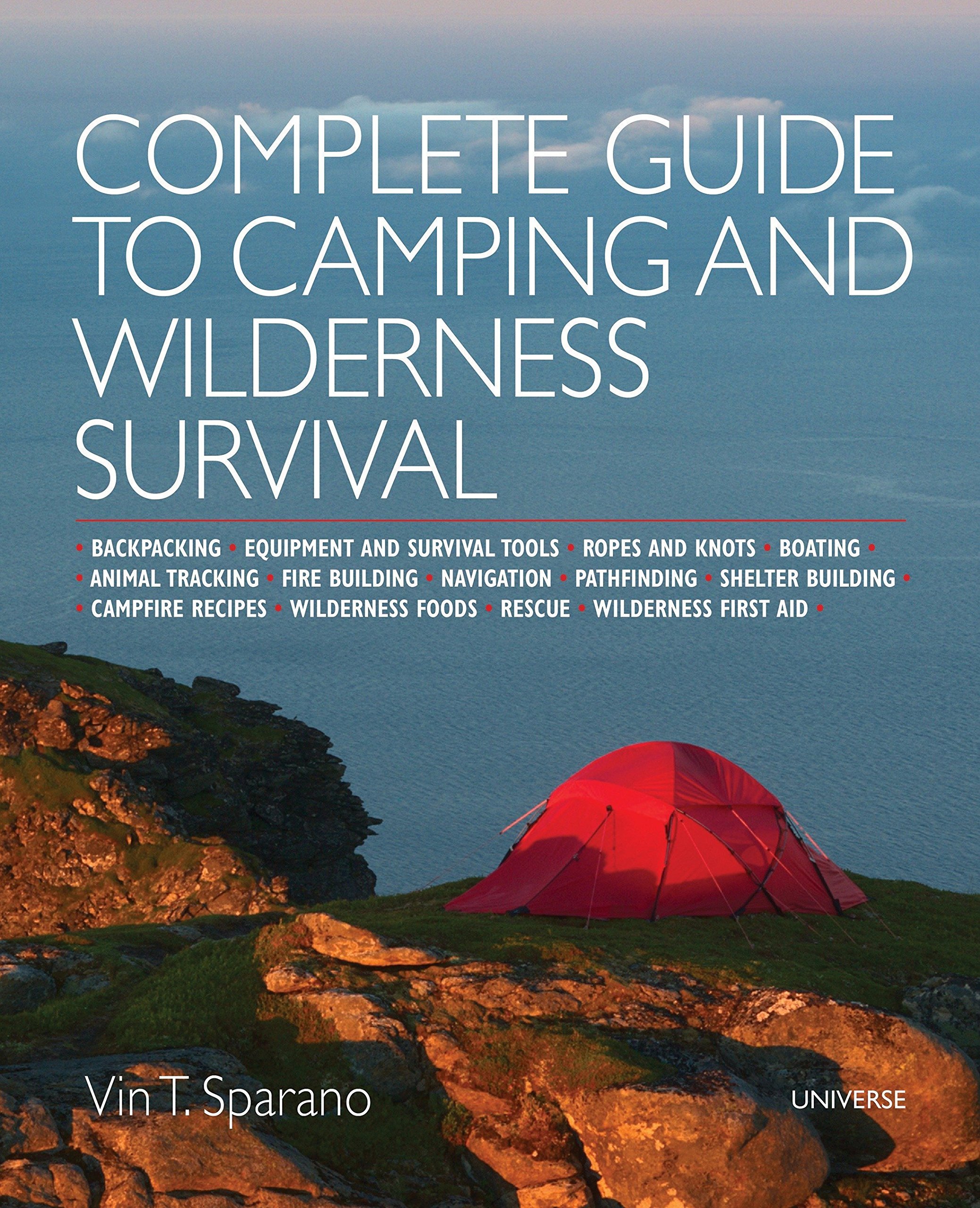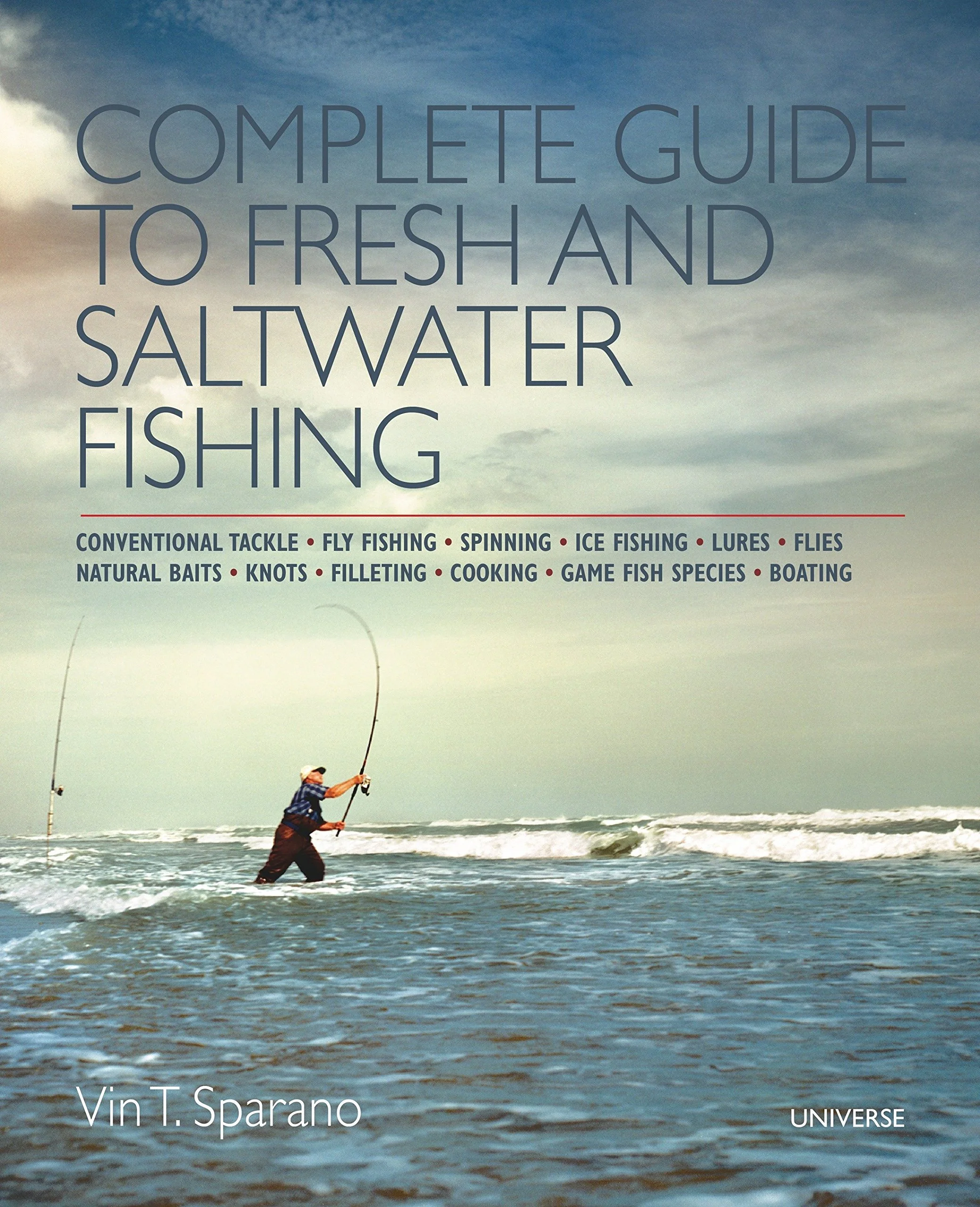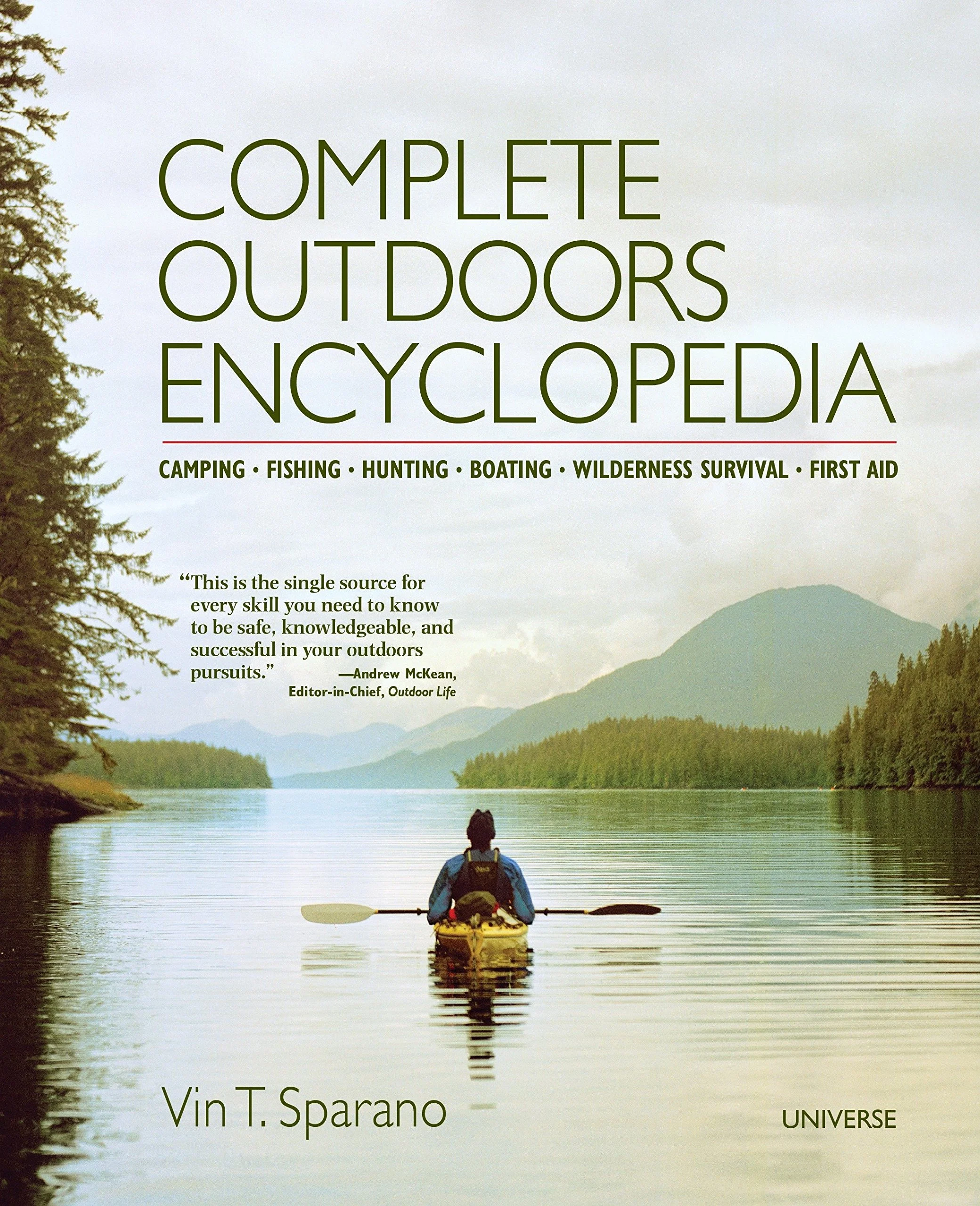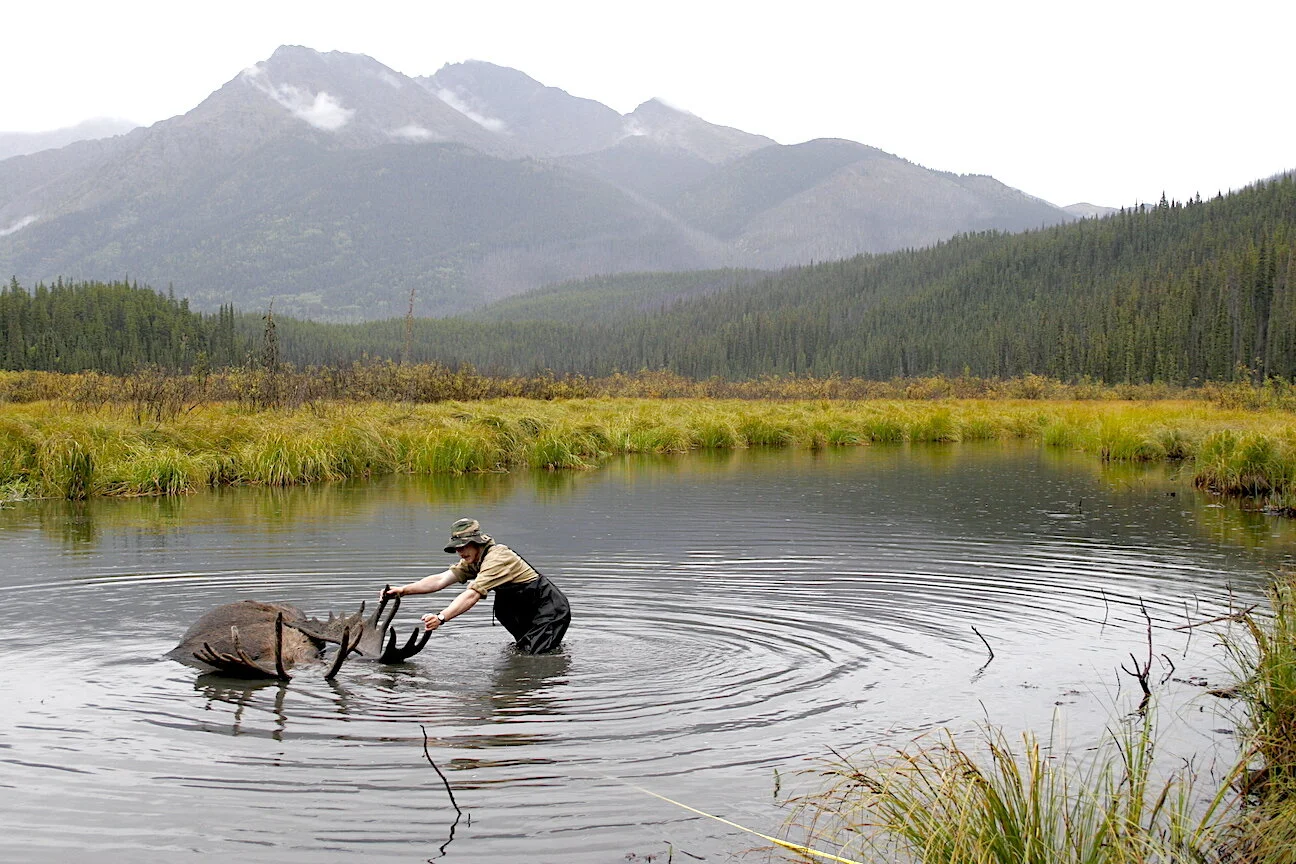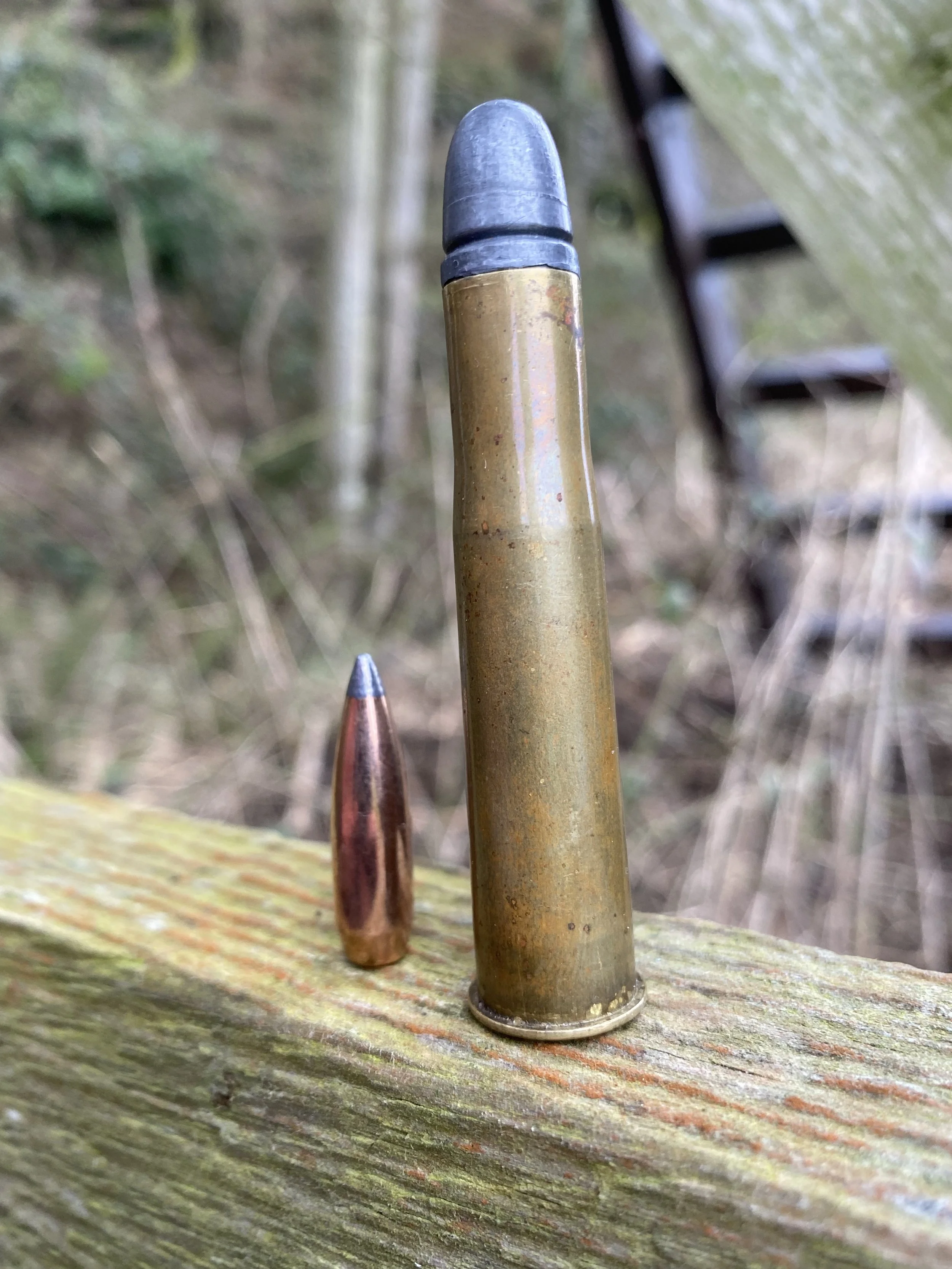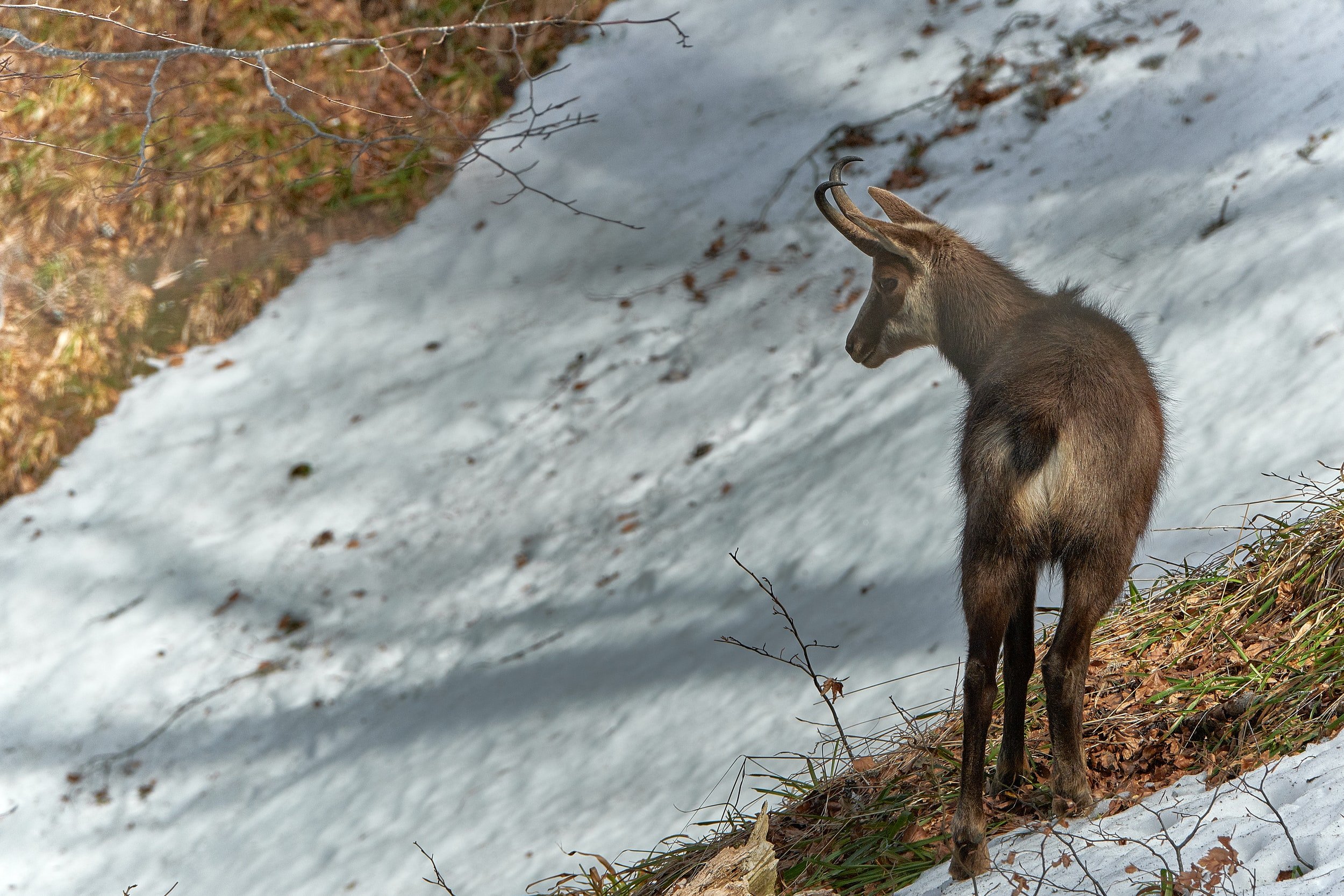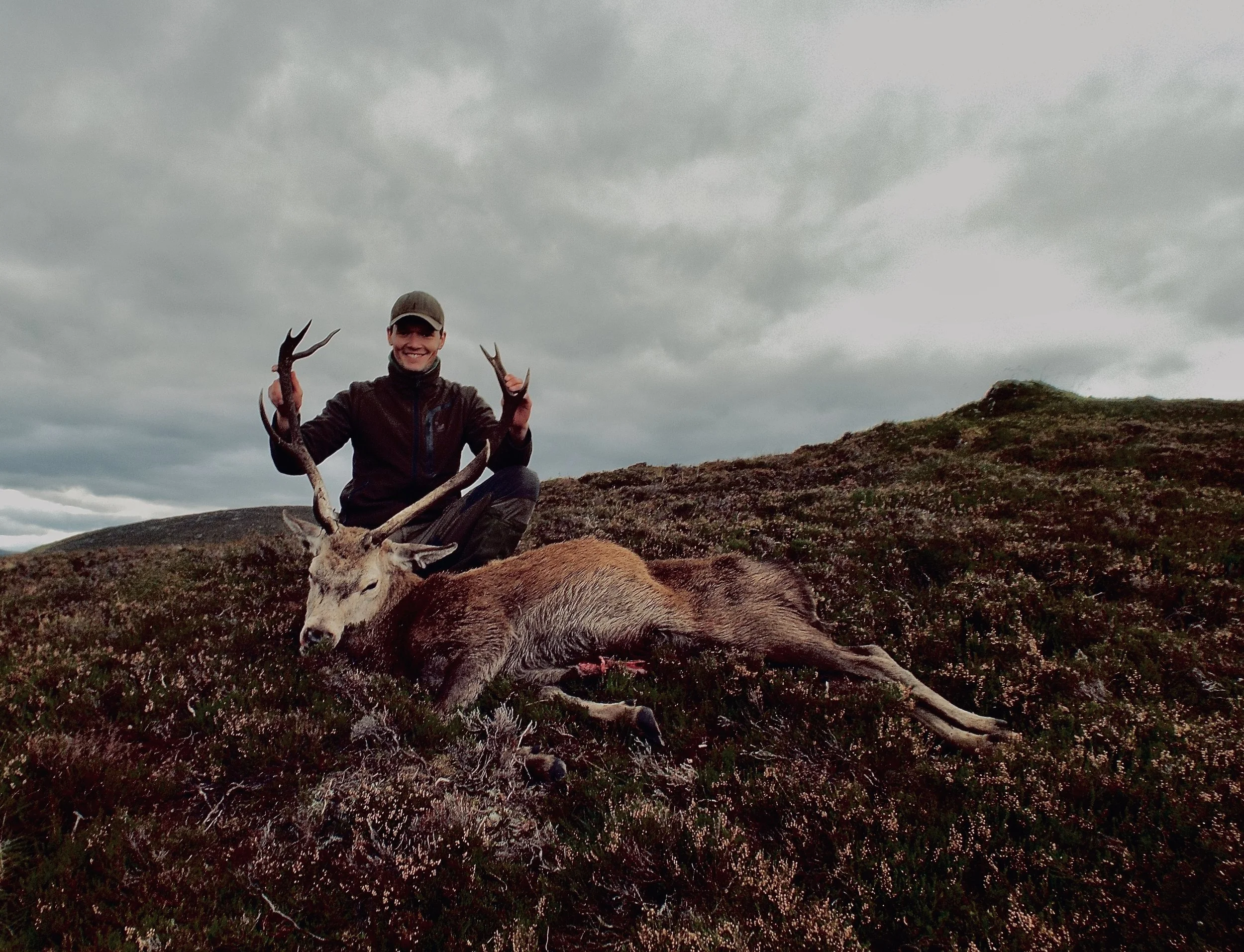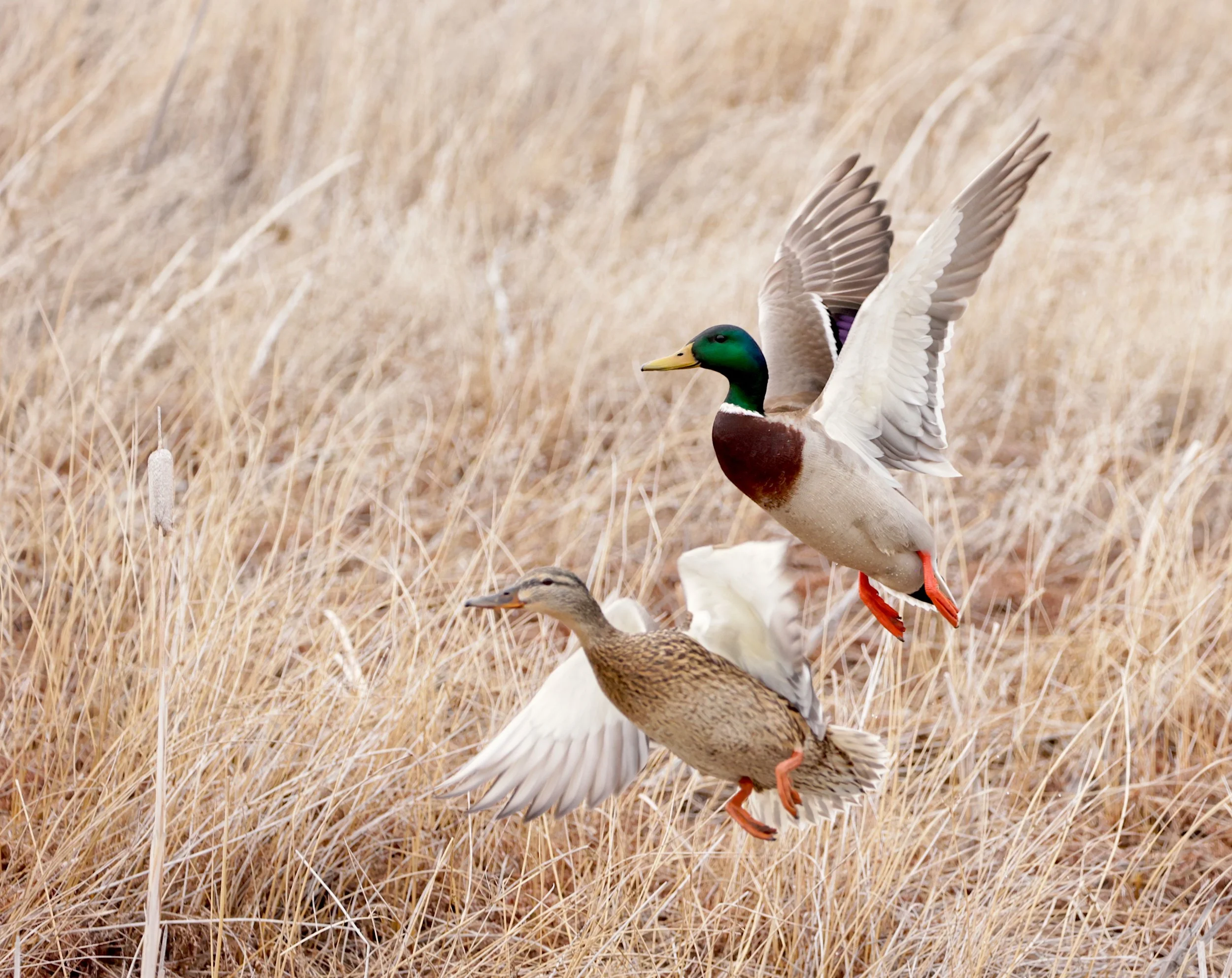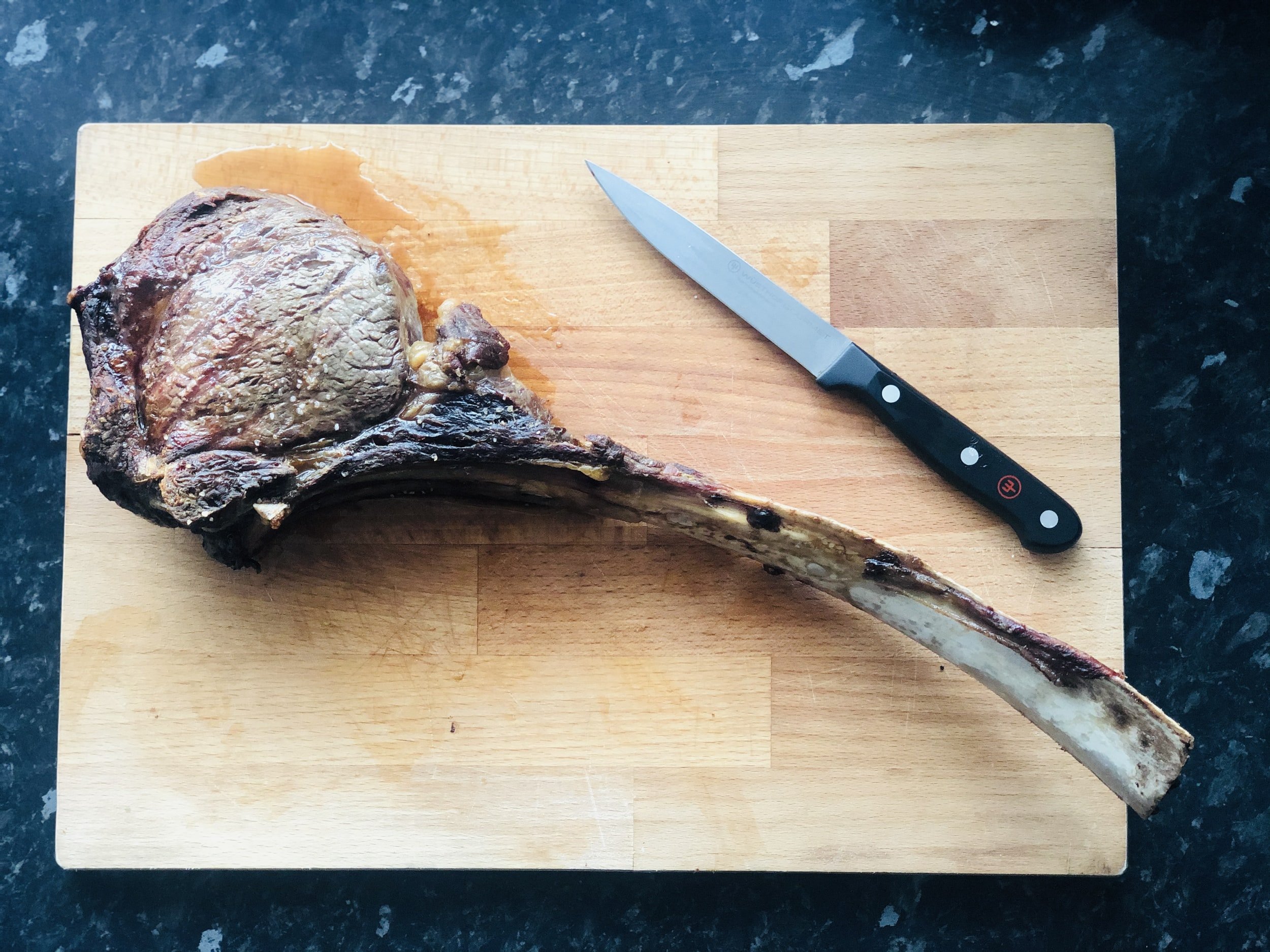Big Bad Bears
“Find me a good flapping scalp story,” I’d say to the Outdoor Life editors at many of our staff meetings. I meant, of course, a good bear tale where a grizzly or Alaska brown bear got the upper hand and chewed off the hunter’s scalp. During my tenure at Outdoor Life, I learned very quickly that our readers had a true love affair with bears, especially rogue grizzlies.
Trust me; I didn’t start this magazine’s glorious relationship with big bears. It probably began a century ago, when J.A. McGuire, Outdoor Life’s founding editor, donated a life-size bronze of a grizzly to the town of Boulder, Colorado, in 1898, where I assume it still stands today. Every Outdoor Life editor has nurtured this affinity for bears of all species from that time forward. I was no different.
Today, bears continue to raise the hackles of every big game hunter. But let’s get real.
With the exception of bears, most of us hunters in North America will only face a game that will turn tail at the sight or scent of us. The only high-risk part of our big-game hunts may be falling out of a tree stand.
But bear hunting is different! Mess with a grizzly or an Alaska brown, and he’s likely to knock your head off. Bears present a genuine danger in the woods and mountains of North America, and that’s reason enough to excite any hunter. I can recall a salmon fishing trip on the Alagnak River in Alaska. When a pair of king-size browns showed up and started to feed on salmon next to our boat, with one of the big browns standing on its hind legs and eating a 15-pound humpback salmon the way I would eat corn on the cob, I became unglued. I might have felt better if I had a .300 Magnum, but I only had a fly rod. I backed off slowly, saving my scalp!
Jim Carmichel, retired Outdoor Life’s Shooting Editor, agreed with me. “A hunter who has no opportunity to hunt dangerous game on other continents and has no reason to develop a fear of lions or crocodiles can work up a pretty good case of the jitters here on the home front by imagining himself being a bear’s lunch,” said Jim.
With few exceptions, bears can also turn big men into wimps. Carmichel recalls a bear hunt with a southern lawman of considerable fame for his bravery in facing down desperadoes. The lawman was the first to arrive at a treed black bear. He was overcome by the sight of the bear and, instead of shooting, took defensive action by climbing a tree himself. When Jim arrived, he found a small cub clinging to the side of a tree and nearby, the sheriff likewise hanging from the branches of another tree. “Watch it,” he shouted down. “These things are dangerous, and he looks like a biggin.”
Artist Ken Laager, who painted many of these bear encounters, says, “We Outdoor Life artists got a lot of bear-mauling stories to illustrate. These ‘scalp flappers,’ as we affectionately called them, were fun to paint because you could pack a lot of action and excitement into the picture. I painted plenty of murderous teeth and claws, and if my bears were a bit bigger than in fact, their monstrous size must have seemed correct to the poor devil who survived.”
But it wasn’t only bear attacks and brutal maulings that brought bears closer to the hearts of hunters. The bear, like us, is a hunter with an impenetrable and enviable image that says, “I fear no one.”
With such a frightful challenge, why do men choose to hunt an animal that can snap your neck in two with a single slap? Ask any hunter, and he will try to tell you why. If you are a hunter, you will understand. If you do not hunt, you will never understand.
Bill Rooney, a former Outdoor Life staff editor, probably said it best. “Bears are the epitome of the hunter’s world. They stir us because they remind us of the U.S.! They’re big and hairy and ornery and unpredictable. They can stand up like a man and walk with a pigeon-toed swagger. They seek out the wildest, least populated places left on this continent. And they are perfectly capable of tearing us limb from limb, piquing our sense of adventure.”
Many of the Outdoor Life editors and writers who relayed this fascination with bears into the pages of this magazine are no longer with us. Still, their impact and influence will stay with this magazine forever. Field Editor Ben East’s stories were compiled into anthologies of wilderness adventures, and one series even became a Hollywood film. Titled “Woman Of The North,” it starred Ellen Burstyn as Olive Frederickson, a woman who survived many ordeals as a single parent in the remote wilderness of British Columbia.
Ben put bears, especially the Alaska brown, high on his list of tough customers. He called brown bears “the largest flesh-eaters that walk the earth.” In 1945, Ben wrote about a brown bear that killed a 1200-pound steer on a Kodiak Island cattle ranch and then dragged his kill three-quarters of a mile back up a mountain, through alder tangles, biting off trunks as thick as a man’s arm.
“The African lion rates generally as the king of the beasts,” wrote Ben. “But I have a hunch that if the king of the beasts and the king of the bears were matched in the same arena, the big cat would go to the soap works. If the brownie landed one solid blow, there would be a lion in one corner and a lion’s head in another.”
The late Charlie Elliott, an Outdoor Life field editor, claimed those great bear stories enchanted hunters. Charlie always said that the bear would continue to intrigue readers. Every man buries a terrible fear in his psyche. Charlie was the enormous Kodiaks of the salmon streams in the far northwest and its close cousin, the silvertip grizzly.
“This huge creature of the hinterlands has been the king of its domain forever and has no fear of anything, including man,” said field editor Charlie Elliott. “Some of my closest escapes in hunting have involved the grizzly. I have been within a few yards of the huge Silvertips several times and two at such close range that had not my 220-grain ball broken them down instantly; I might have spent the start of my afterlife as a human rug on some rocky den floor.”
I have a buddy who shot a black bear at our deer camp in New York. He would not even approach the downed bear until a couple of buddies showed. “Maybe he was still alive,” he confessed. “I was just plain scared,” he admitted. Bears will do that to us hunters.
Check Out Vin T. Sparano’s Books





